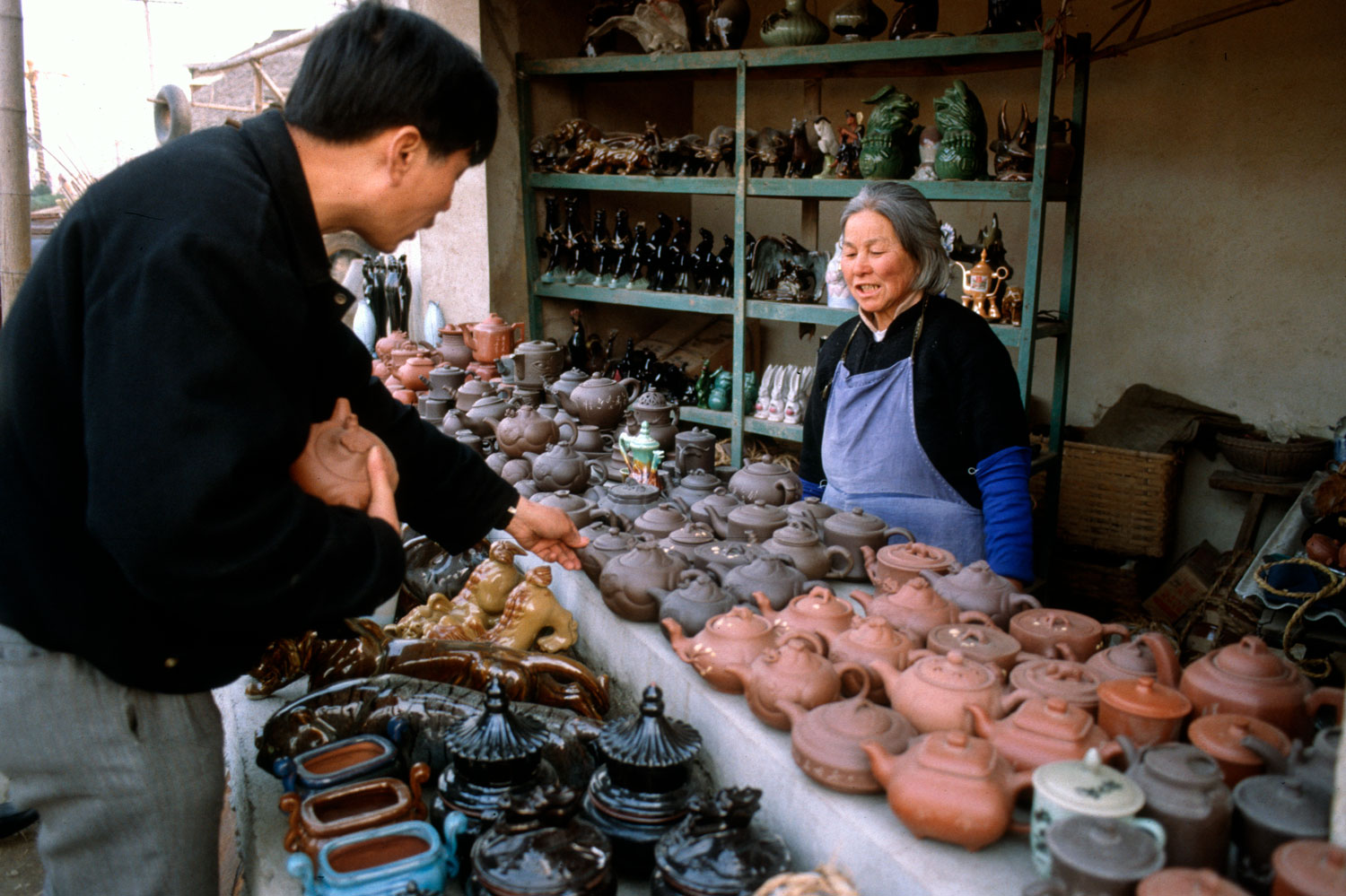Tradition in a Teapot
Photos by Forrest Anderson
Chinese culture is most often associated with lavishly ornate, colorful decorations on buildings, porcelain, and embroidered silks that are a legacy of past imperial courts. However, an alternative Chinese aesthetic equally endures – the restrained, rustic, nature-based simplicity of the scholar‘s retreat and monk’s hut.
At the center of this aesthetic, which was elevated to a high art in the Song dynasty more than 1,000 years ago, is a miniature teapot. The unglazed clay Yixing teapot’s simplicity is deceptive, holding within it hundreds of years of tradition and superb craftsmanship.
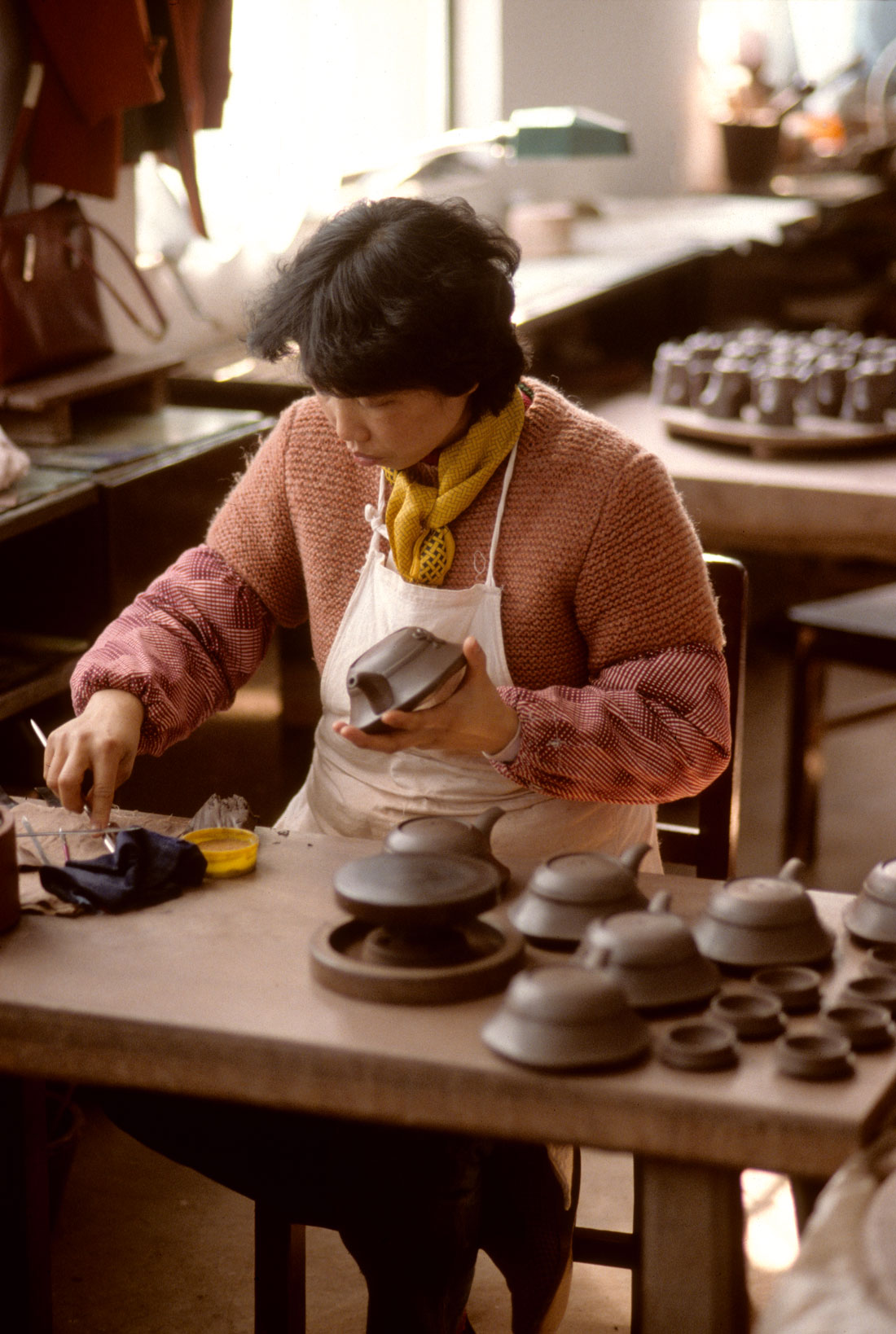
According to legend, after the Mongolians conquered China and integrated it into their empire in the 1200s, Chinese aristocrats accustomed to the restrained aesthetic of the previous Song Dynasty were appalled by the gaudy extravagance of the conquerors’ imperial court in Beijing.
They despised the gem-encrusted gold and jade teapots in vogue in the court, partly because they thought the extravagance distasteful and partly because they detested the whole idea of China being subjected to foreigners.
So they didn’t like the teapots - what’s the big deal? It is hard to overestimate the importance of tea drinking in traditional Chinese culture. Major diplomatic agreements are clinched over tea, international business conglomerates cut megamillion-dollar deals over tea, and serving tea is the typical way to welcome guests. When entering an office for an appointment or a home, the exchange often begins with the serving of tea. Only after it is served does serious conversation begin. Not just the tea but the implements used in serving it held much broader significance than just a drink in a cup, especially in the highly politicized court environment.
Moving south away from the court in northern China, the disillusioned aristocrats settled west of Tai Lake in Jiangsu province. There they found in Yixing teapots the ideal aesthetic alternative to the court teapots. The contrast with the hated court aesthetic launched an obsession with the droll little Yixing pots that has endured for hundreds of years as other teaware trends have come and gone.
Yixing teapots reached the height of their fame during the early Ming Dynasty (1368-1644), when tea preparation was simplified. Since the Tang Dynasty (618-907) during which tea drinking had taken off in China, tea production had been complex and involved the grinding of tea leaves and addition of incense. This method was replaced in the Ming Dynasty with the simpler use of whole tea leaves and buds, which Yixing teapots were suited to. The pots became a popular symbol of simplicity.
The unglazed pots, when properly fired, develop a unique porous surface that not only absorbs but is said to enhance the flavor of tea. Chinese literati thus saw them as an example of unadorned sincerity and truth.
Today, these pots are among the most popular of cultural objects churned out by China. The pots, many of which are so small they hold less than a cup of liquid, combine superb craftsmanship and creativity with ideally suited materials and hundreds of years of tradition. As a result, they have many fans even among people like me who don’t drink tea but appreciate their artisanship and central place in Chinese ceramic tradition. My husband and I were introduced to Yixing teapots on a journalism assignment when we toured a factory that made them, and I later studied them while working on a museum exhibit on the history of Chinese ceramics as part of a master’s degree internship.
Yixing teapots get their name from the famous pottery center of Yixing, near which are rich 350-million-year-old clay deposits. Pottery has been produced there since Neolithic times. The pottery making focus is around the small towns of Dingshan and Suzhan near Yixing. Potters in the area used the local clay, called purple sand clay, to make pots as early as the 10th century, and one historical account claimed that a monk at a local temple made the first Yixing teapot. Hundreds of teapot shops line the streets of Dingshan, which is a popular tourist destination because of them. The town also has dozens of pottery factories. In addition to the teapots, the town produces a plethora of oil and grain jars, casserole dishes, vases, figurines, tiles and other clay products, but the teapots are what is known as Yixing ware.

Many types of ceramics besides teapots are produced in Yixing, but the teapots are the most famous.
Once the humble teapots caught on with Chinese scholar-aristocrats, their fame spread until today the humble teapots are at the center of tea making in Asia. They are sold in tea shops in shopping centers worldwide, available on Amazon and eBay, and are popular collectors’ items. They are made in a wide variety of whimsical or elegant designs drawn from traditional Chinese culture.
The clay for Yixing pots is made of kaolin, quartz and mica. It is high in iron oxide, which handles heat well and has excellent porosity that enables the unglazed pots to absorb bitter elements in tea such as caffeine and heavy metal that make tea taste unpleasant.
Three kinds of clay are used for the teapots – purple, cinnabar red, and green. Potters began in 1916 to add oxidized metal to the clay to achieve different colors such as dark purple, pear brown, copper and dark green, but the most valued pots are the natural clay colors. The purple clay, the most common type, is dark brown when fired. Green clay occurs only in small quantities so it is rare. Red clay is found deep in mountains toward the bottom of mineral deposits, so it is hard to find and sought after.
Tea connoisseurs say that teapots made of different clays and in different shapes work best with different teas, so a particular teapot should be used only to brew a particular type of tea.
Because the porous clay absorbs whatever is placed in a pot, the pots are never washed with soap but with fresh distilled water and air dried.
A well-seasoned teapot that had been used over time came to symbolize a family’s culture and wealth, as serving tea in it demonstrated that the host had the means to drink tea regularly rather than just when guests came round.
Teapots are passed down through generations as part of a family’s inheritance, becoming treasured heirlooms. For this reason, a quality Yixing teapot is considered a good long-term investment. Antique Yixing teapots are highly valued.
Many people both Chinese and foreign collect Yixing teapots, as do museums worldwide. Prices for the pots vary depending on the quality and type of clay used, the design, the skill and fame of the potter, the production method, and the pot’s age.
At the lower end are cast pots made on assembly lines that sell for $20-$50. Some collectors look on these pots with disdain because they aren’t hand-made, but they still are functional, charming, and are widely used and collected. Sometimes cast lines can be seen on them and the lids don’t fit perfectly. Some have glazed or waxed surfaces, which tea connoisseurs dislike.
More expensive pots are shaped by hand using wooden and bamboo tools. Of the handmade varieties, there are several levels in price and skill. Those made by students or artists just beginning their careers typically sell for $80-$100 each. Those made by established mid-level artists often sell for $150-$300 each. Master potters typically sell their pots for $500 and up, with some selling for $150,000 or more. Some famous teapots have sold for a million dollars or more at auctions.
In addition, there is a thriving antique market in the teapots. As there are many imitations and seals on the pots can be copied, certificates of authenticity are essential at higher prices.
The process of making the pots begins with preparing the clay. Zisha, a rock, is mined in Yixing and weathered in the sun, wind and rain. It then is crushed into a fine powder and magnets are held over it to extract excess iron from it, which makes the clay fine and smooth. It is sifted many times. The clay is mixed with water in large troughs and allowed to rest.
The mature clay is re-hydrated and pounded to remove excess air bubbles. High quality clay can be pounded for weeks to achieve an even, consistent surface. The worked clay has a near perfect plasticity, making it possible to create many different sizes, shapes and designs with it. It is not sticky, which is important when the pots are rolled and pressed by hand.
Yixing pottery has grown in popularity since the 1980s and many clay deposits have been mined out, forcing potters to seek new sources of clay and mix new combinations to make the fine clay needed for the teapots.
A potter designs a piece in detail before starting to work with the clay, drawing classic shapes that take years to master. Yixing potters have to learn to be extremely precise so that a teapot will function properly as well as be a work of art. Once having designed a pot, they will remake the same design many times for years, sometimes using different clays or adding different types of carving and details.
Artists begin making a teapot by pounding and smoothing the clay into slabs.
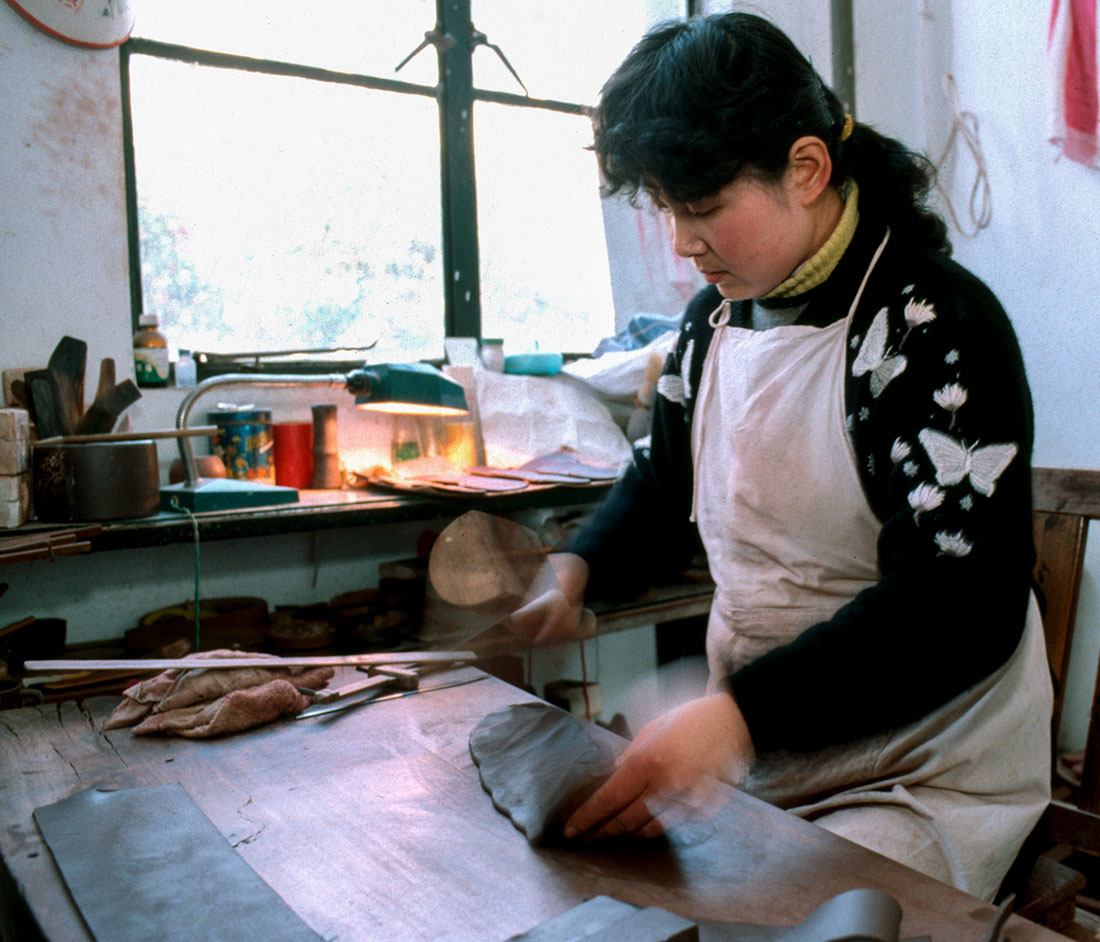
The potter cuts the pieces needed for a pot.
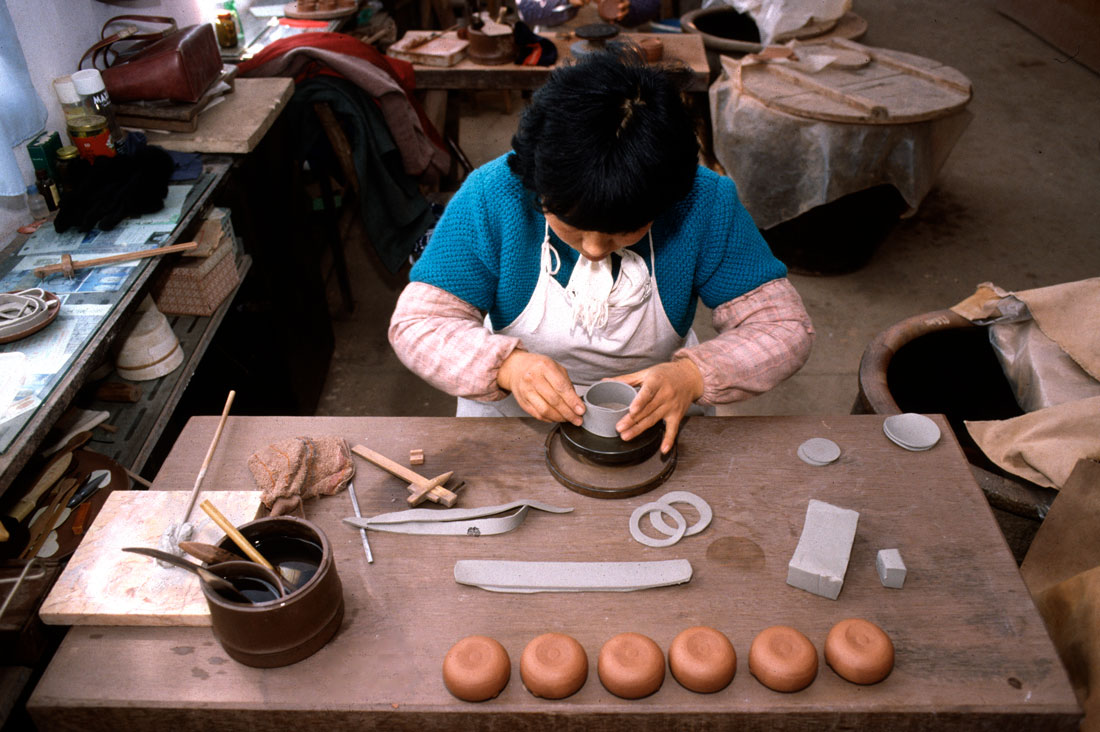
Then the potter shapes the pots using a variety of tools made of wood, bamboo, metal and horn. The top and bottom are cut from a sheet of clay, and the sides are connected in a band.
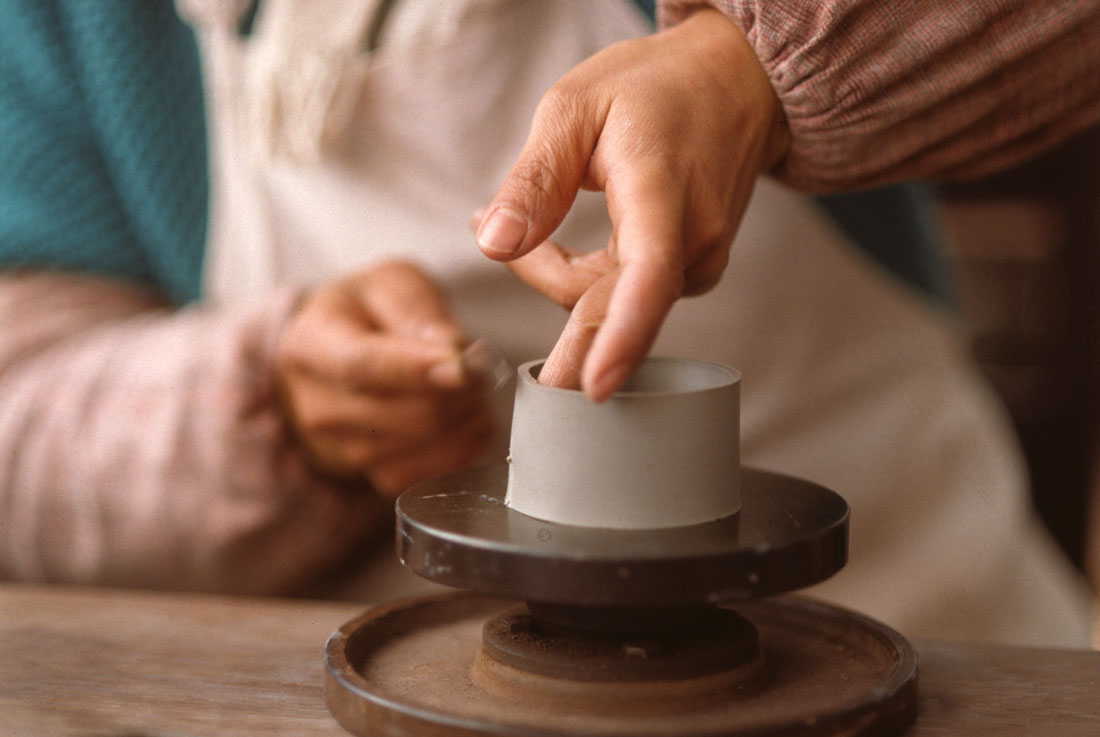
The sides and bottom of the pot are shaped into the desired curve before the top is added.
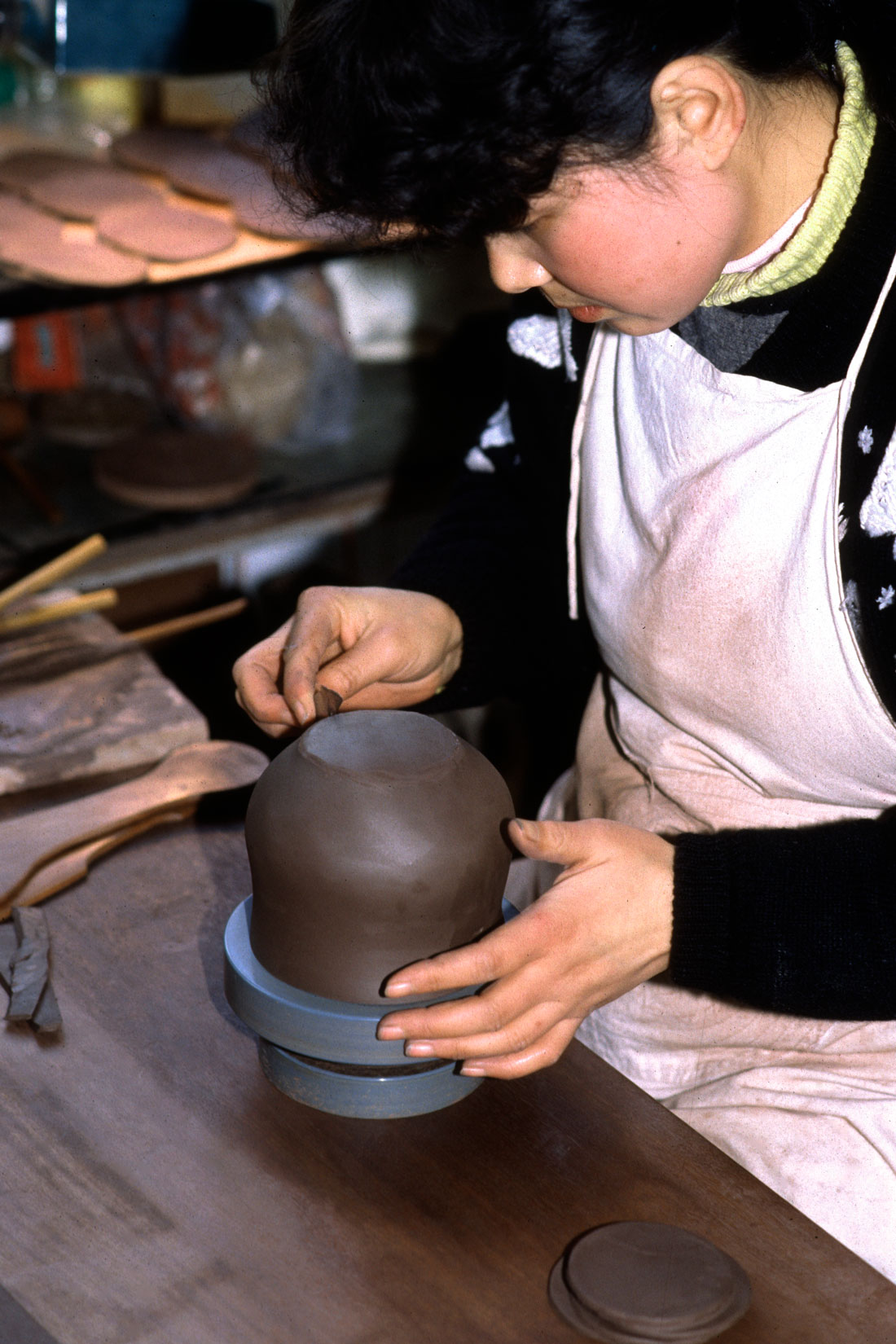
After the pot dries slightly, a lid opening is cut. Once the pot is formed, minor adjustments are made by smoothing and filing the clay. The handle and spout are formed by hand and attached along with artistic details.
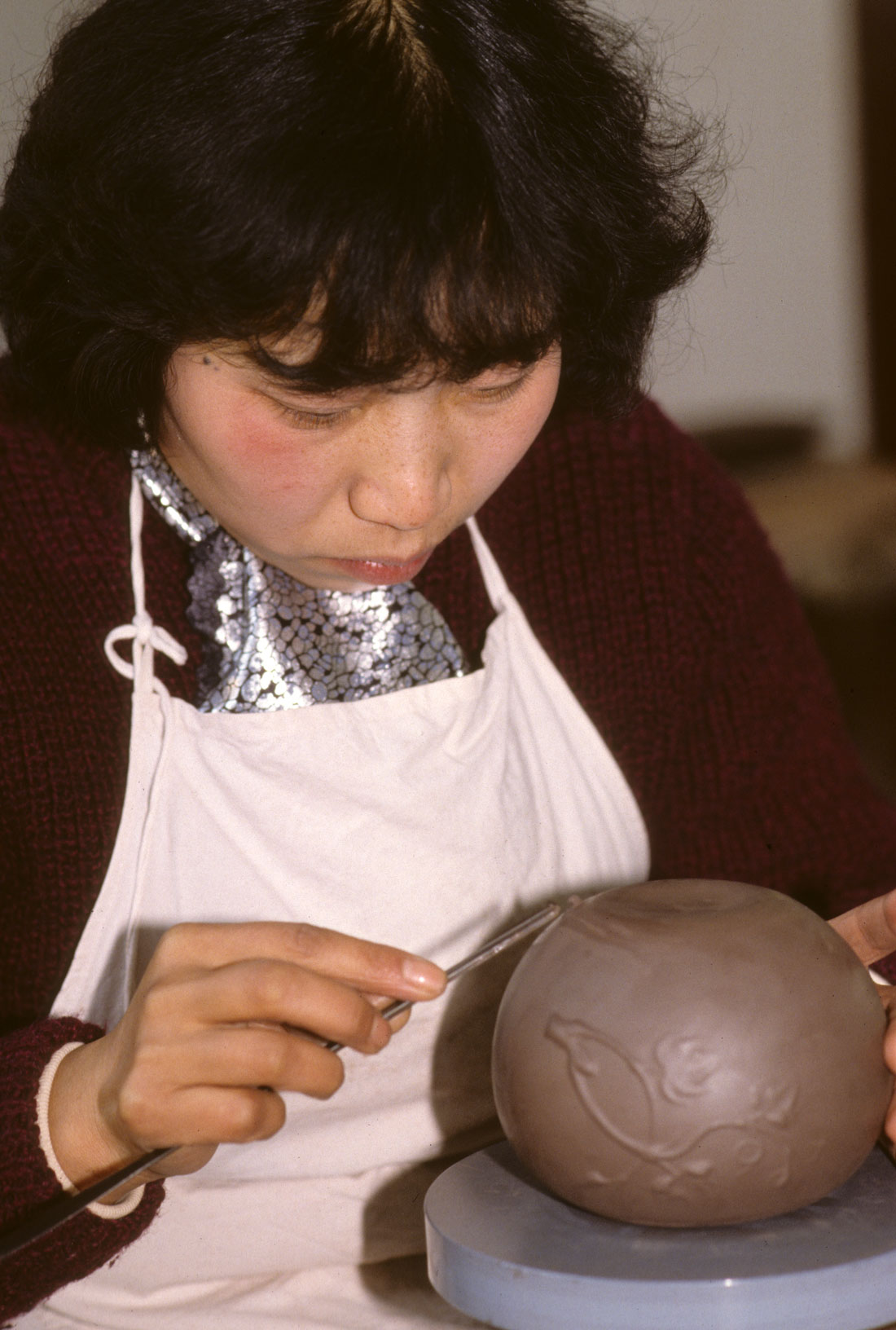
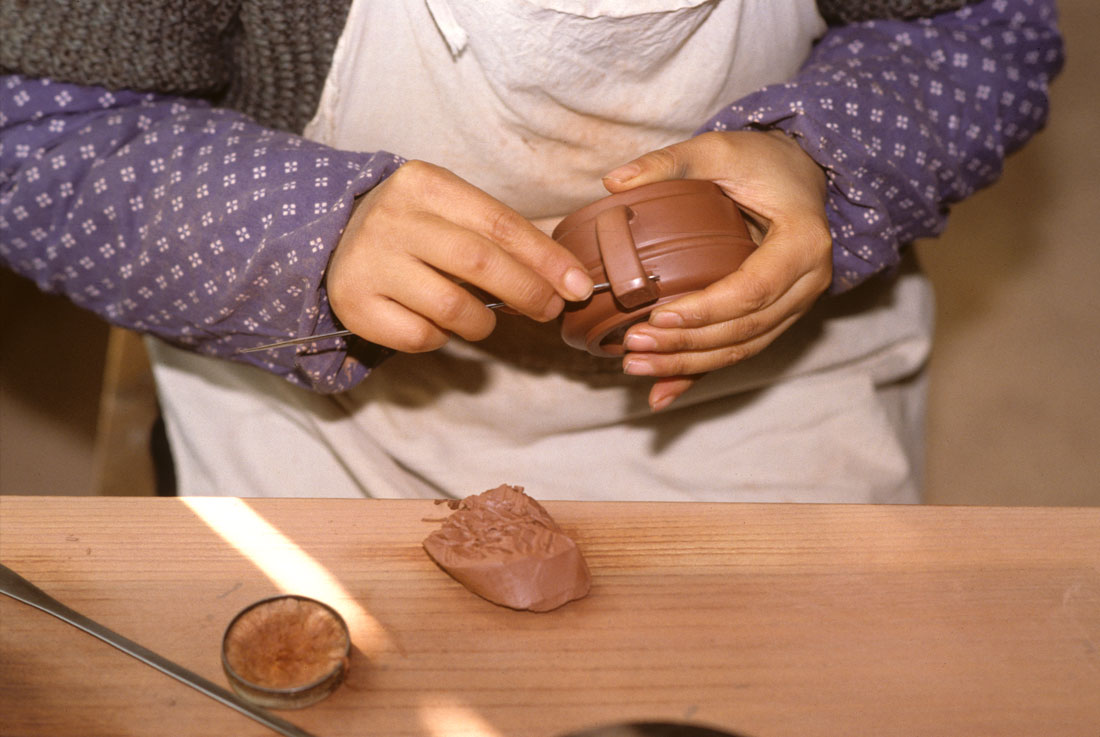
The lid is created to fit.
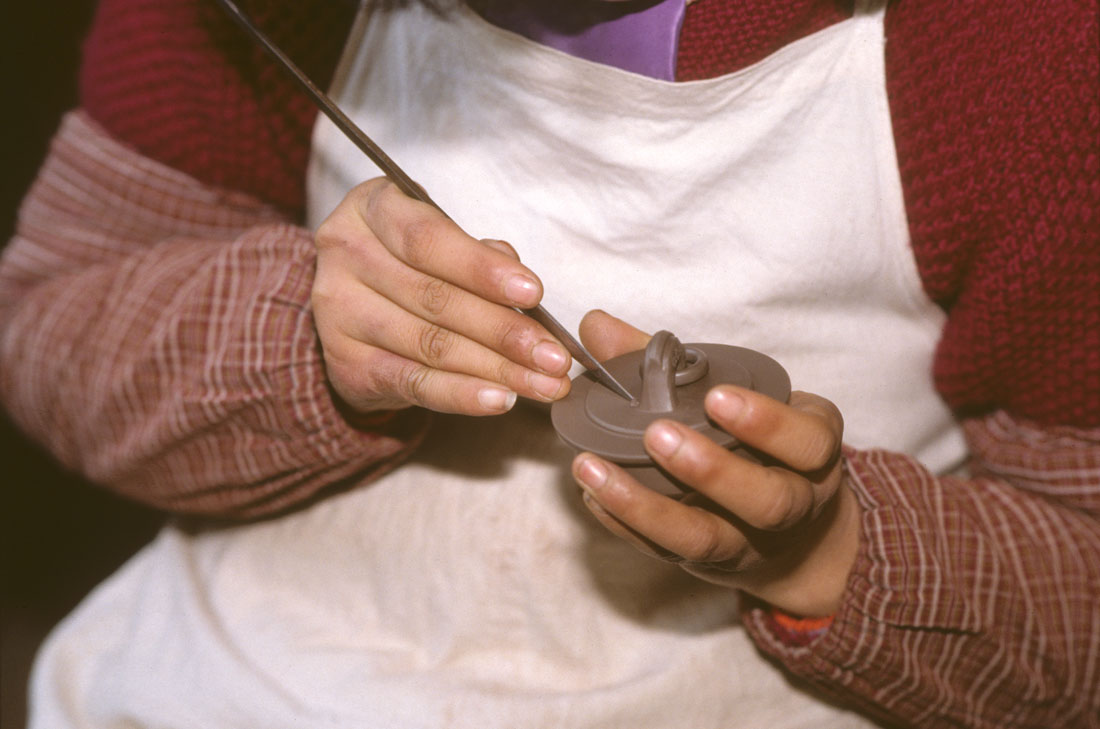
The last step is pressing the artist’s seal into the bottom and sometimes the lid.

Sometimes the teapots are filled with sand before firing so they don’t warp and crack under high heat in the kiln. The clay typically shrinks by about 10 percent in the kiln, which the potters must take into account in their design. If the craftsmanship is precise and the pressure and humidity in the kiln are acceptable, the piece emerges from the kiln unbroken and the lid will fit. A perfectly fitting lid is a mark of the artist’s skill.
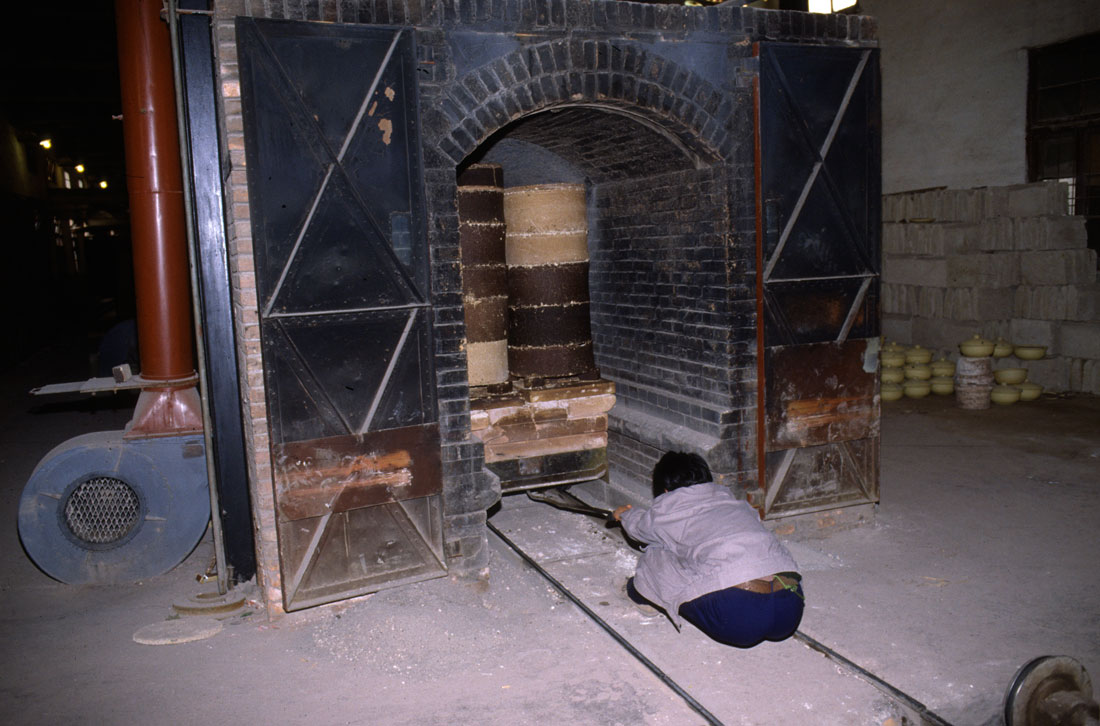
Fired ceramics being pulled from a kiln in Yixing.
Yixing pots have endured and grown in popularity as other styles of Chinese porcelain have come and gone because the styles are classic and enduring and because the pots are part of many people’s daily lives.
Yixing teapots have been exported from China for hundreds of years and have appeared in famous Western paintings from the Renaissance on. One well-known example is Edward Hopper’s 1929 painting Chop Suey, which depicts two women eating at a Chinese restaurant in New York City. An Yixing teapot sits on their table.
Yixing pots are made in a variety of styles for both aesthetic effects and use with different types of tea:
- Geometric, such as round ones, square ones or polygonal ones. These can be left plain or embellished with vines and inscriptions from classic Chinese texts. Many are models of simple elegance, and some so beautifully made that they are famous. Some Yixing enthusiasts prefer teapots with simple shapes, saying that more ornate ones sometimes don’t heat up evenly. Round teapots are considered a feminine design and square a masculine one. Square pots are difficult to make because if they are not correctly assembled, the angles can distort during firing. Their walls are generally thicker, making them more suited for teas that require higher water temperatures. Ribbed pots are a variation of round ones that require great skill to match the body, lid and spout perfectly.

Three basically round Yixing pots in the three colors of clay that the pots are known for. The pots have Classical Chinese texts engraved on them. Each of these tiny pots holds about a cup of liquid.
- Ones that take their inspiration from nature are molded in the shape of leaves, animals, pumpkins or other vegetables, and tree stumps.
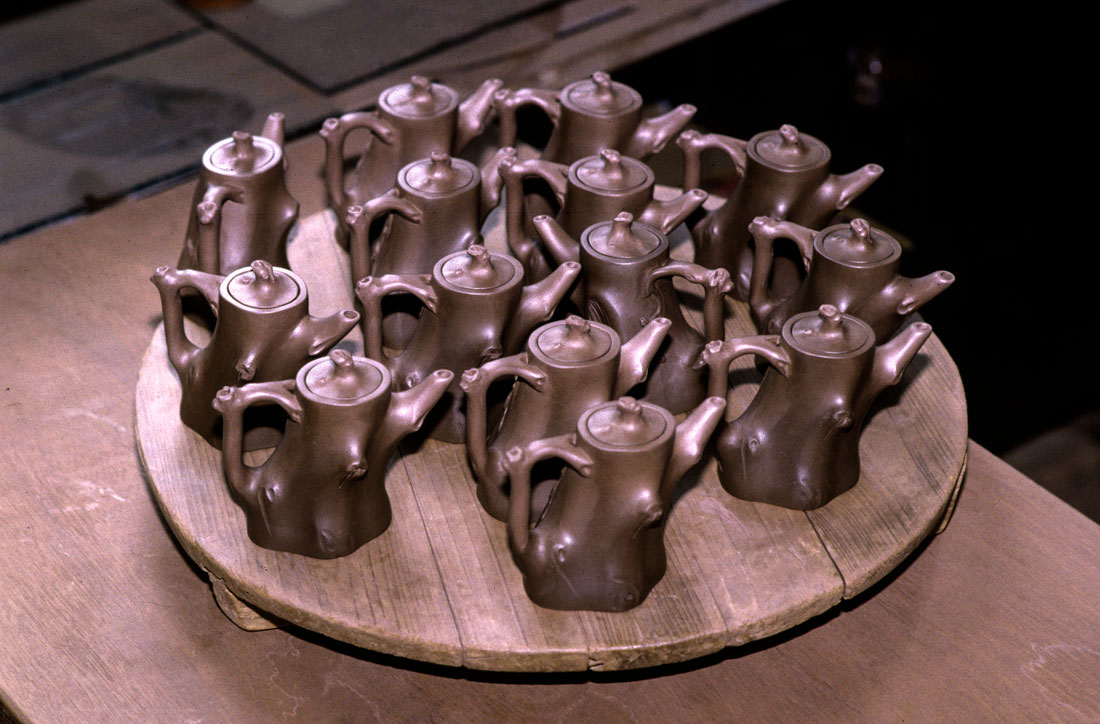
- A third style draws on traditional aspects of Chinese culture, such as teapots shaped like a traditional Chinese house, a kitchen stove, an arched bridge, a bamboo basket, an old well, and a Chinese houseboat. The possibilities are endless.

Some potters are known for specializing in certain styles. Many of the best known potters are women, as many women work in the Yixing pottery industry.
More photos of Yixing teapots
Check out these related items
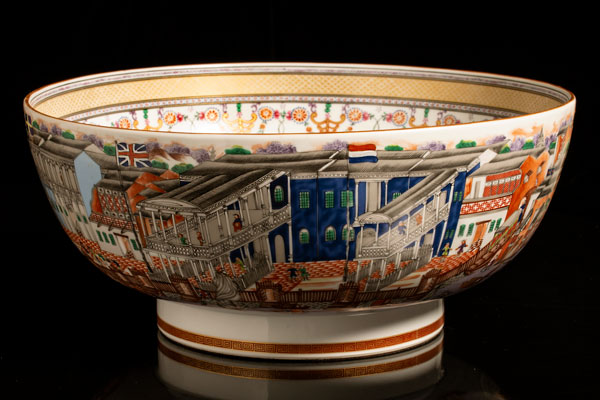
China’s Export Porcelain
Chinese porcelain is durable and branded with its history, so it is used to trace China’s trade and cultural ties with other nations.
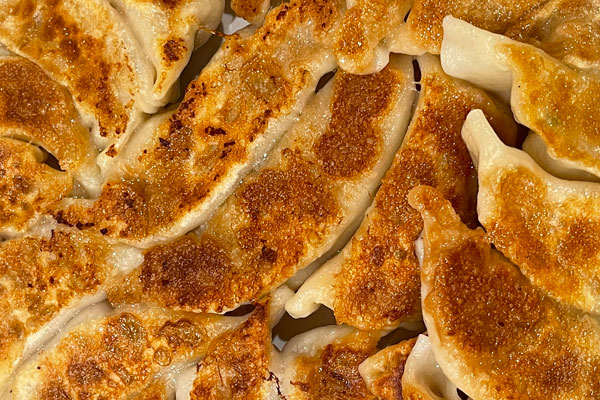
Asian Pot Stickers
When you can't gather for a New Year's meal, share recipes. Here's our favorite - for Asian pot stickers.
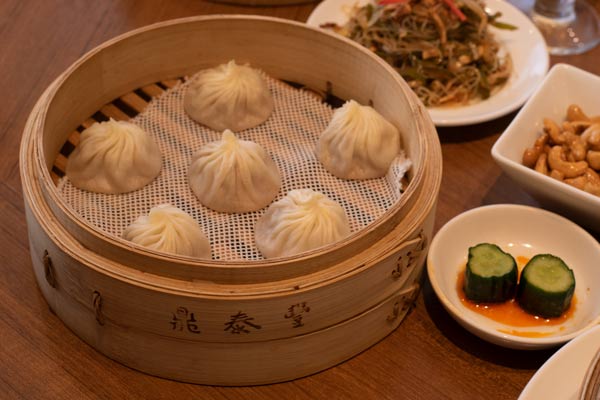
Din Tai Fung Sightings
Din Tai Fung restaurants' delicious takes on common Taiwanese foods, especially steamed dumplings, have brought a devoted global following.
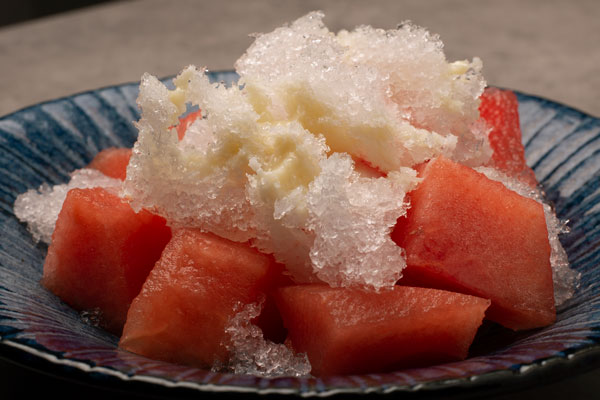
Traditional Asian Treats
Some of the best Southeast Asian treats are simple, traditional ones available at sidewalk restaurants and street stands.
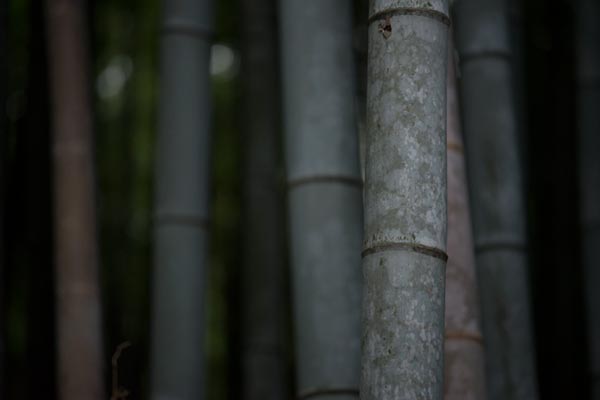
Sustainable Bamboo
Eat it, build a home or furniture with it, use it in the kitchen, use it for plumbing, wear it, make fences or containers with it.

Inside a Chinese Painting
Take a quick break and enjoy spectacular scenery on a boat trip down the Li River near Guilin, China.
